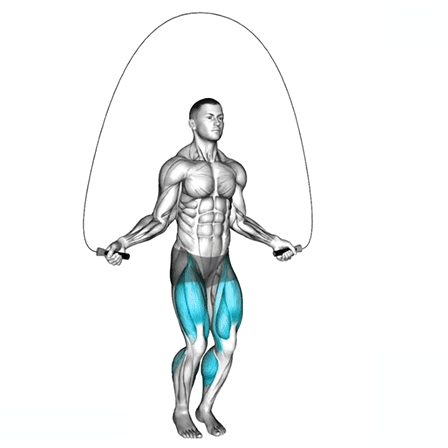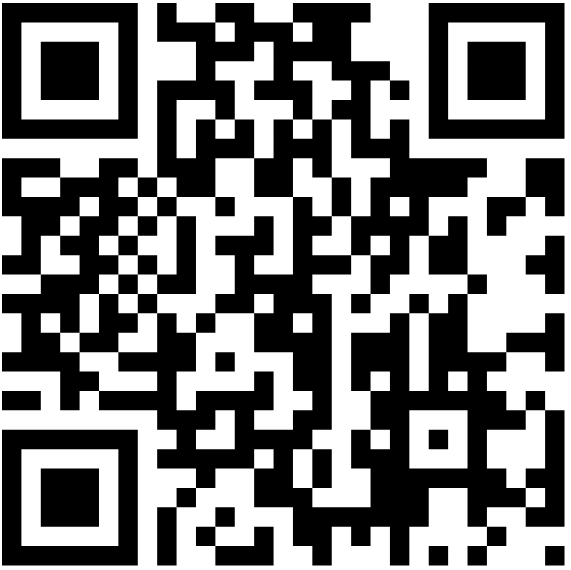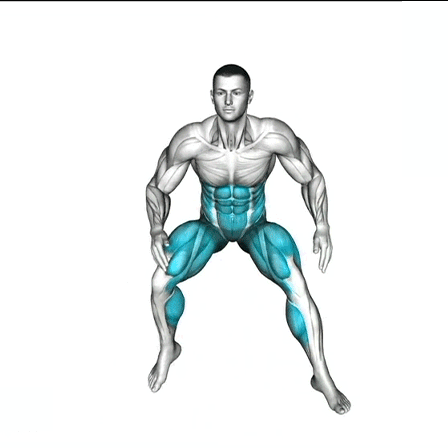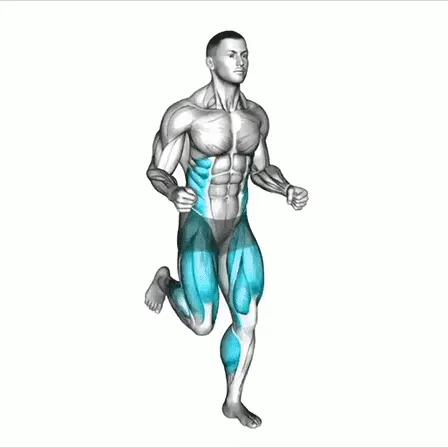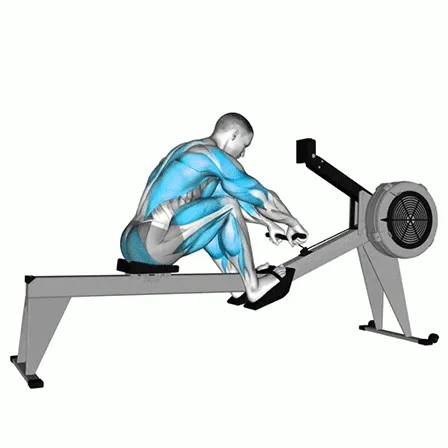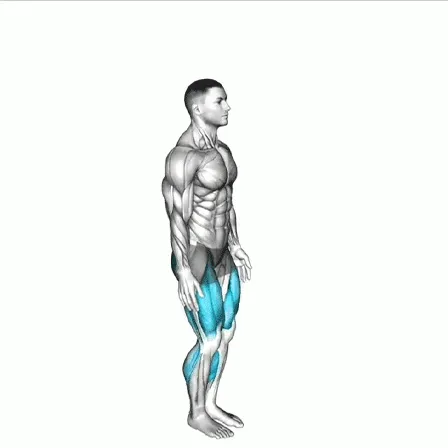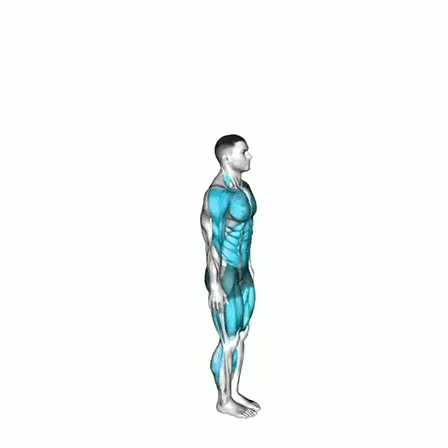Jump Rope: Cardio and Coordination in One Move
Jump rope is one of the most effective yet underrated exercises in CrossFit. It combines cardiovascular conditioning, coordination, agility, and endurance into a single movement. From mastering single-unders to progressing into double-unders, this skill can elevate your overall fitness, sharpen your timing, and improve your athletic performance.
This guide covers rope selection, single-under and double-under techniques, tips to improve, and CrossFit-specific jump rope strategies.
1. Choosing the Right Rope
-
Length: Stand on the center of the rope and pull the handles upward. For single-unders, they should reach your armpits. For double-unders, slightly longer ropes can help.
-
Material: Speed ropes are best for CrossFit due to their lightweight design and faster spin.
2. Proper Form for Single-Unders
-
Posture: Stay upright with your core engaged and shoulders relaxed.
-
Grip: Hold handles lightly at your sides—firm but not tense.
-
Elbows: Keep them close to your body; most of the rotation comes from your forearms and wrists.
-
Jump: Stay low (1–2 inches off the ground) with soft landings on the balls of your feet.
-
Foot Movement: Absorb impact smoothly and maintain rhythm.
3. Proper Form for Double-Unders
-
Body Alignment: Maintain the same upright posture as single-unders.
-
Rope Speed: Focus on faster rope rotation using your wrists, not your arms.
-
Jump: Jump slightly higher than single-unders (3–4 inches), but avoid exaggerated leaps.
-
Timing: Coordinate the jump with the rope’s double spin—this takes practice and rhythm awareness.
4. Jump Rope Tips for CrossFit
1. Start Slow
-
Build endurance with single-unders before tackling double-unders.
-
Progress gradually for consistency.
2. Master Single-Unders First
-
A strong foundation ensures smoother progression to advanced jump rope skills.
3. Refine Your Technique
-
Keep jumps low and quick rather than high and slow.
-
Focus on rhythm, not power.
4. Wrist Control for Double-Unders
-
Double-unders rely on fast, efficient wrist rotations.
-
Keep hands close to the body—avoid wide arm swings.
5. Stay Relaxed
-
Tension in shoulders and arms leads to fatigue and errors.
-
Relaxed movement = faster, more efficient rotations.
6. Breath Control
-
Don’t hold your breath—breathe rhythmically.
-
Inhale through the nose, exhale through the mouth to maintain endurance.
7. Timing and Coordination
-
Break double-unders into small sets before aiming for long unbroken reps.
-
Practice rhythm drills to improve rope timing.
8. Speed and Agility Work
-
Add timed drills (e.g., max single-unders in 30 seconds).
-
Gradually increase intensity to improve agility and cardio capacity.
5. Benefits of Jump Rope in CrossFit
-
Cardio Conditioning: Improves heart and lung capacity.
-
Coordination: Enhances timing, rhythm, and body awareness.
-
Agility: Boosts quickness and foot speed for other CrossFit movements.
-
Endurance: Builds stamina for long WODs.
-
Efficiency: Burns calories quickly in minimal space.
Jump rope isn’t just playground fun—it’s a powerful conditioning tool that blends cardio, coordination, and explosive agility. Start with single-unders, refine your rhythm, then progress to double-unders. With consistent practice, proper form, and controlled breathing, you’ll unlock one of CrossFit’s most iconic and rewarding skills.
Remember: relax, stay consistent, and let your wrists do the work.
